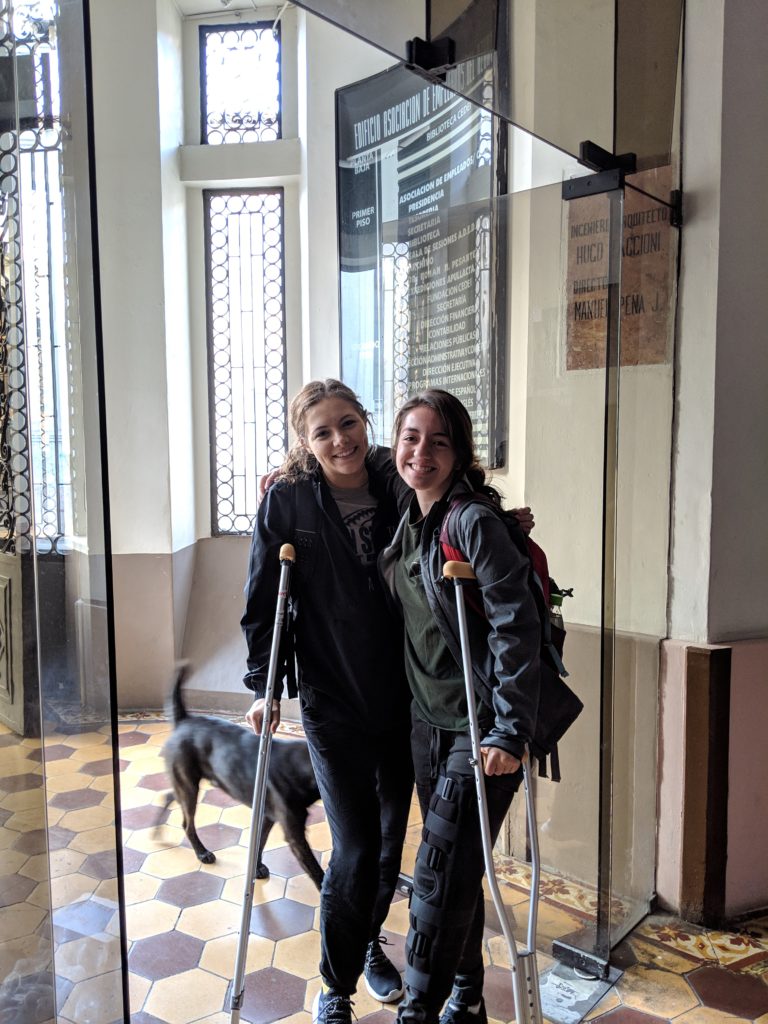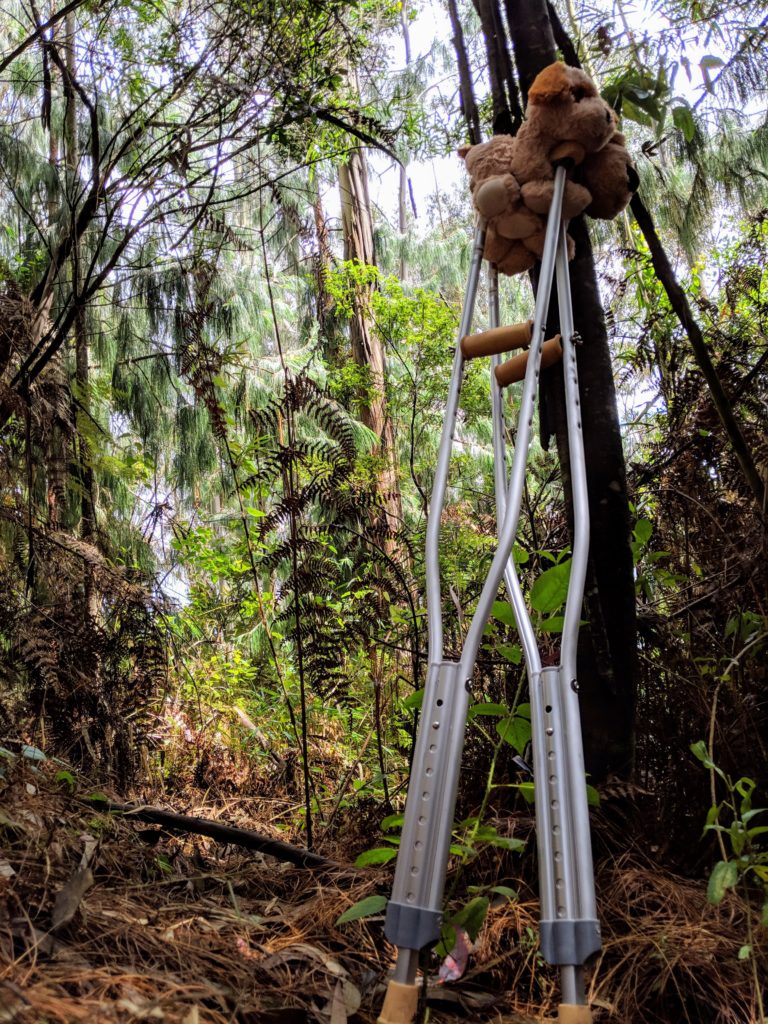Todo en la vida pasa
I’m partially torn on what to share this week about my life in Ecuador. After some serious consideration, I’ve decided to share my last weeks adventures. Long story short, I injured my knee and I’ve had the fortunate (or unfortunate, all about perspective) opportunity to really get to know part of the health system in Ecuador. The more I think about my experience I realize how fitting it all is for my Health in Developing Countries course.
It’s important to keep in mind that I am a US citizen who has the privilege to be insured and be somewhat financially stable.
In Cuenca there are plenty of medical services, it would be overwhelming to figure out where to go if I wasn’t with CEDEI. There are both public and private health sectors and I was taken to one of the private hospitals that allowed me to get relatively fast assistance. My first consultation alone was $40, and I began to think how unaffordable that was for an average Cuencano. From what I have been told of the average monthly income being around $380, a $40 consultation fee is not feasible, so I guessed most citizens go to the public sector.
I was sent to get an MRI at another location where I saw more people than at the first hospital and it was located physically closer to the community. I got to experience my first MRI in Ecuador and I can now say that I do not like MRI machines. I had to pay $250 for a very loud and unpleasant experience, conveniently there was a bank located on the first level of the hospital, so I could withdraw that amount of money. If I was a Cuencano I have no idea how I would manage to pay such a large sum of money, so once again, the public hospital would be the option.
That afternoon I went back to the first hospital and I was told that I partially tore (see what I did with my opening sentence?) my ACL. That was a very emotional afternoon. Of all times, to injure my ACL during my study abroad, it’s taken me a while to accept the news.
This week in my health class we went to visit both private and public health centers and hospitals. Free healthcare is something that I believe in and I think it is completely possible to obtain but not in the conditions that I saw the public hospital. There were so many people during the visit hours and there was very little security throughout the hospital. Patients were having to wait long periods of time for the elevator and I believe there were only two elevators in the building, that had 400 beds. There were six patients per room and my classmate pointed out someone sweeping-up a lot of dirt and dust right next to a patient that was being moved. Outside there were people selling chicken and rice on the street and my professor mentioned how unsanitary and unhealthy that was.
I am still taking in everything that I have observed and seen these last two weeks. I’ve also learned about people getting different “turnos” which means that I could go to the public hospital and then get an appointment to be seen in a month. If that would’ve happened to me, I could end up completely tearing my ACL. My health professor also shared that many times it’s the same doctors who work in the public hospital that work in the private hospitals. The major difference is that in the public hospital they might be required to help around four patients per hour, which can really limit the care and attention to given to each patient.
As a friend told me, my injury is simply adding a new lens to my experience. I really am experiencing parts of Ecuador that I wouldn’t have seen otherwise and even experiencing people and places in a unique way. My spirits were brought down at first, but I’m discovering that I have a great support system here with CEDEI, my host family and all 18 spring semester students. And as I’ve been told by taxi drivers and host families, todo en la vida pasa.



